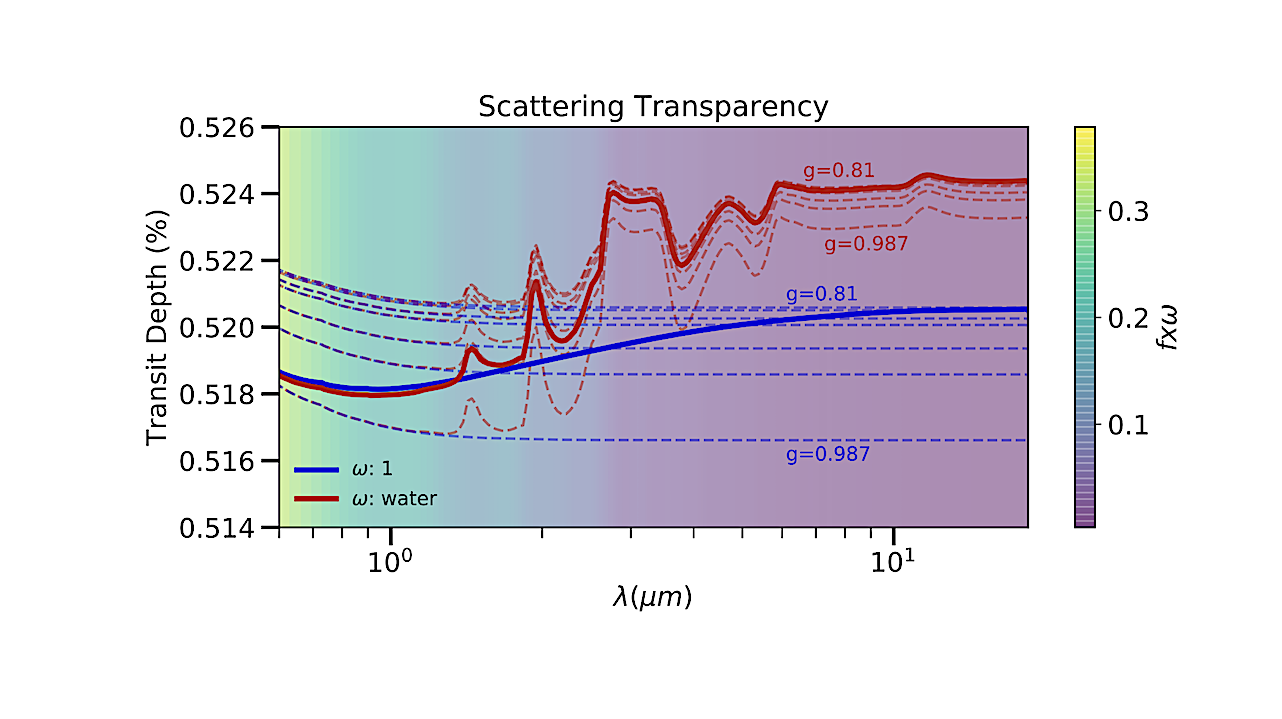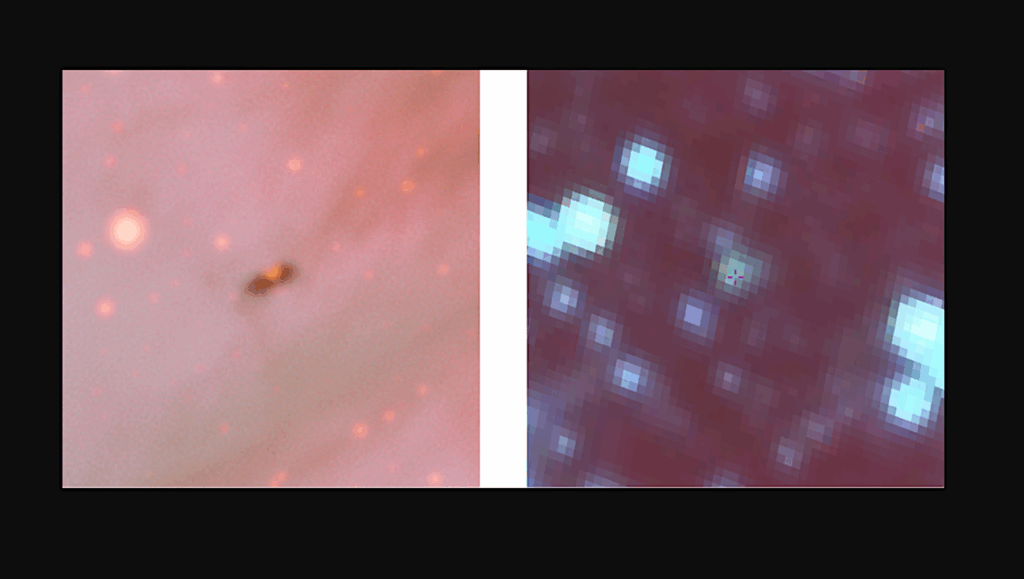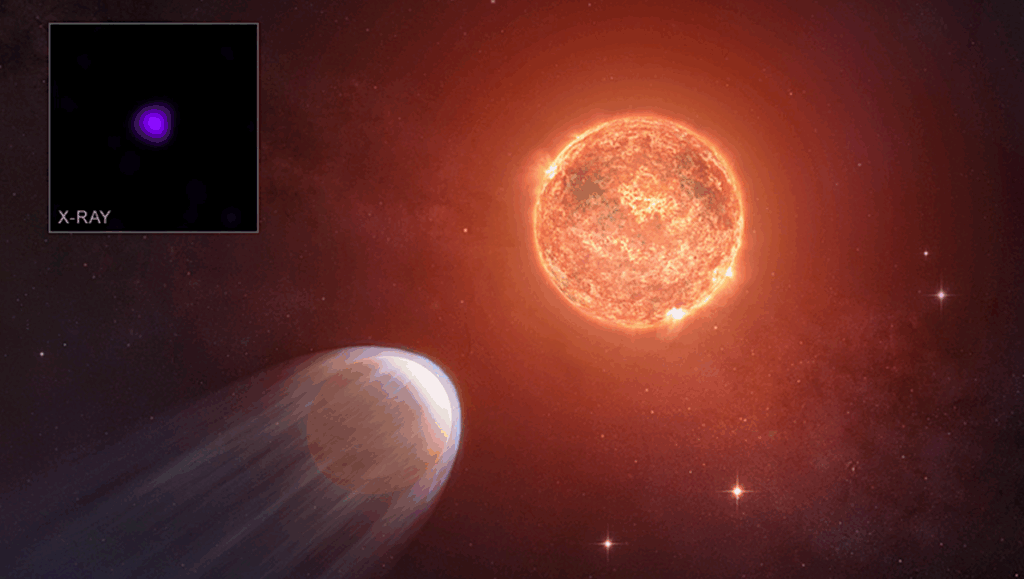Scattering Transparency of Clouds in Exoplanet Transit Spectra

The presence of aerosols in an exoplanet atmosphere can veil the underlying material and can lead to a flat transmission spectrum during primary transit observations.
In this work, we explore forward scattering effects from super-micron sized aerosol particles present in the atmosphere of a transiting exoplanet. We find that the impacts of forward scattering from larger aerosols can significantly impact exoplanet transits and the strength of these effects can be dependent on wavelength. In certain cloud configurations, the forward-scattered light can effectively pass through the clouds unhindered, thus rendering the clouds transparent.
The dependence of the aerosol scattering properties on wavelength can then lead to a positive slope in the transit spectrum. These slopes are characteristically different from both Rayleigh and aerosol absorption slopes. As examples, we demonstrate scattering effects for both a rocky world and a hot Jupiter.
In these models, the predicted spectral slopes due to forward scattering effects can manifest in the transit spectrum at the level of ∼10s to ∼100s of parts per million and, hence, could be observable with NASA’s James Webb Space Telescope.
Bhavesh Jaiswal, Tyler D. Robinson
Comments: 9 pages, 7 figures, published in MNRAS
Subjects: Earth and Planetary Astrophysics (astro-ph.EP)
Cite as: arXiv:2306.12911 [astro-ph.EP] (or arXiv:2306.12911v1 [astro-ph.EP] for this version)
Submission history
From: Bhavesh Jaiswal
[v1] Thu, 22 Jun 2023 14:24:18 UTC (1,038 KB)
https://arxiv.org/abs/2306.12911
Astrobiology,








